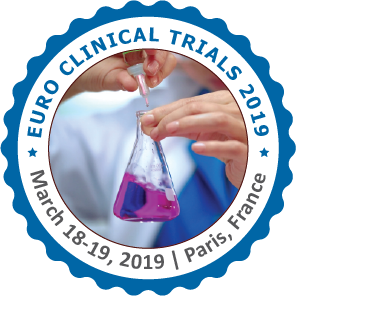
Payal Ghosh
University of South Florida, USA
Title: A novel approach to treat Huntington's Disease with Iodine Nano-particles
Biography
Biography: Payal Ghosh
Abstract
The prevalence of neurodegenerative disorders has dominated humankind throughout history. Huntington’s disease (HD) is a prime example in this category. Statistical data shows that every seven to eight people out of 100 are affected by this disease in Western countries. HD causes brain retardation, dementia, and slow movement of limbs and in extreme the death, all of which is primitively caused by damage in brain cells. Though HD is well known, mostly only genetic treatments have been performed till date. Whereas an insufficient production of thyroid hormones can lead to death of brain cells, which results in the occurrence of brain diseases. Dietary iodine acts on thyroid gland and produces the T3 (triiodothyronine) and T4 (thyroxine) to nourish the brain cells, which will prevent the death of brain cell simultaneously the HD. Bilayer lipid coated iodine nanoparticle (outside) along with T3 and T4 (inside) will be administered to the brain. The MCT8 transporter (monocarboxylate 8 transporter) which transports T3 and T4 to the brain will be coated outside of this bi-layer nano-particle. Scanning electron microscopy (SEM) and fluorescence spectroscopy and in vitro analysis on animals will be the best analytical tools. The MCT8 layer will attach to the blood brain barrier (BBB) and makes easy passage for the nano-particle. Nano formulation of iodine acts on brain cell to stimulate its function which will prevent the death of brain cell thus it will slower down the occurrences of the HD. Iodine nanoparticle is a economical and easily available compound and can be used as a good therapeutic agent for HD. As there is no previous data available of the same it will be a great opportunity to investigate this, however, the toxicity level of iodine nanoparticles are still need to be investigated if administered for a long period of time.

